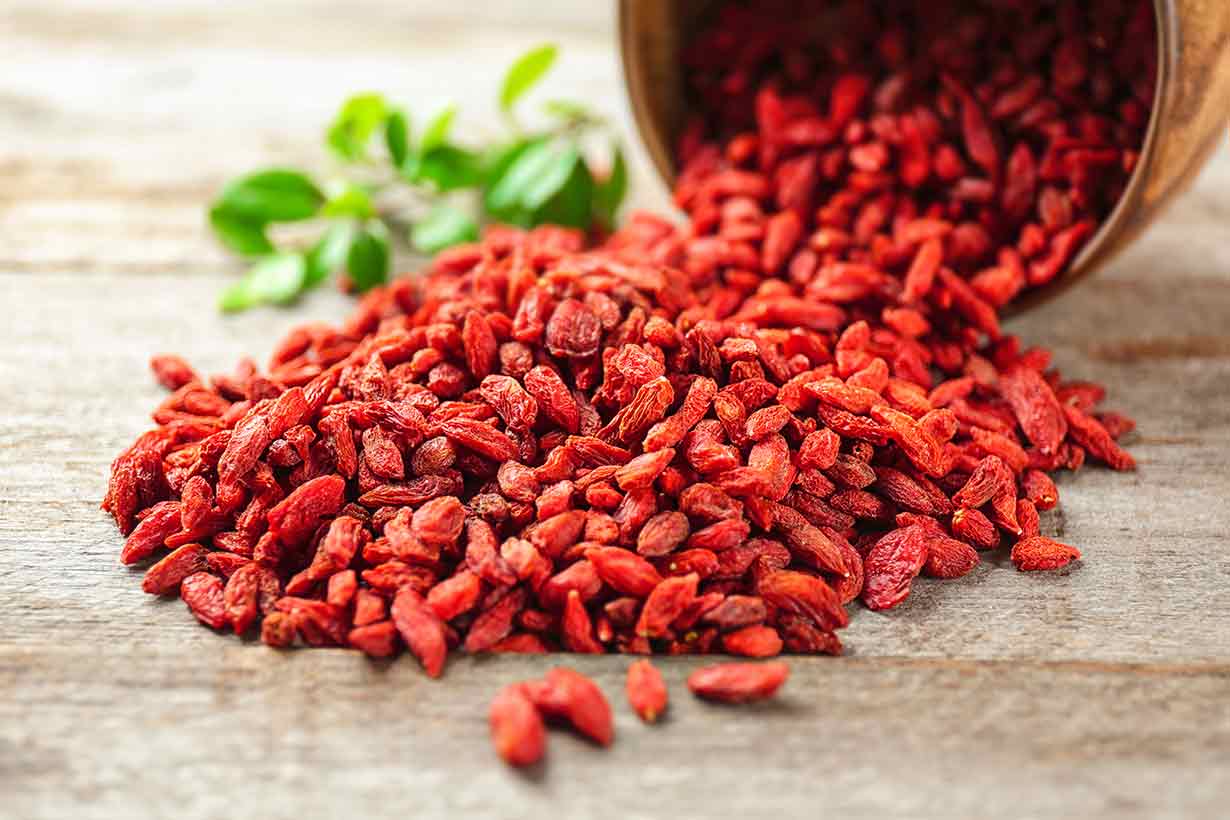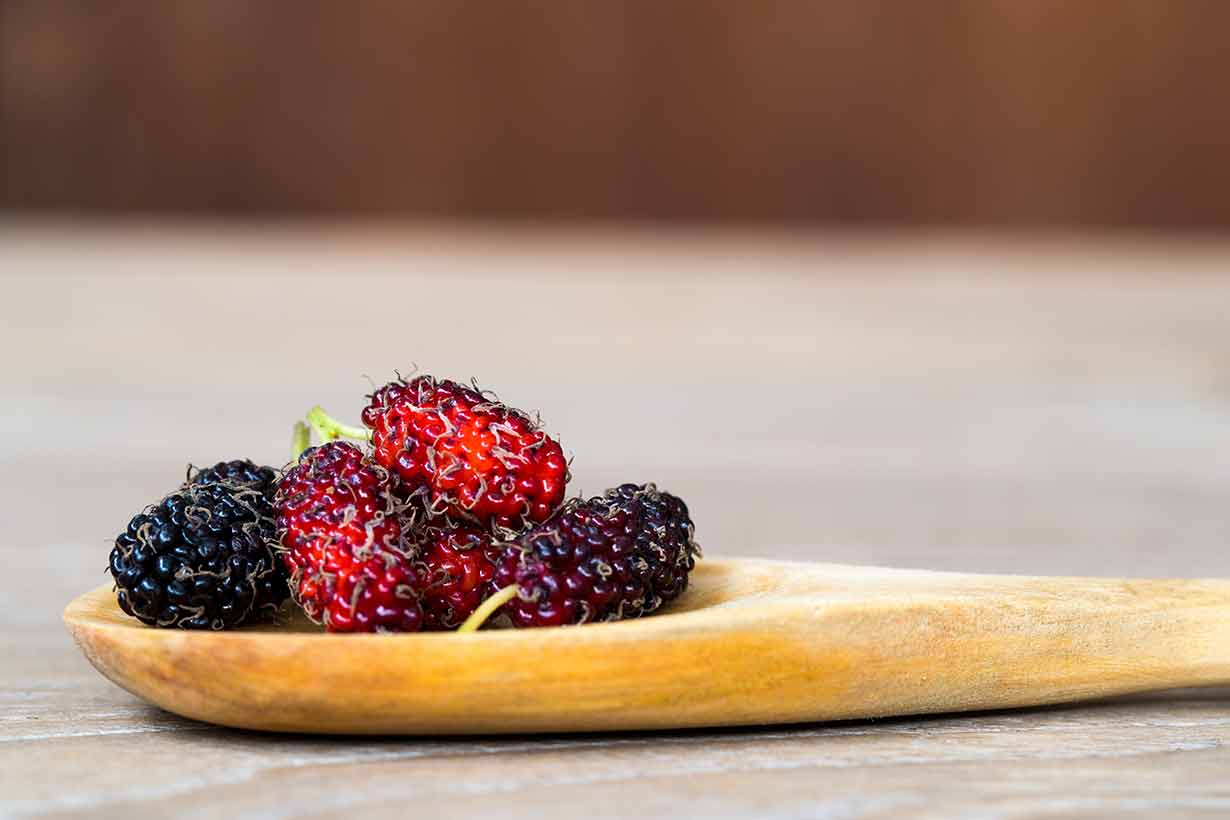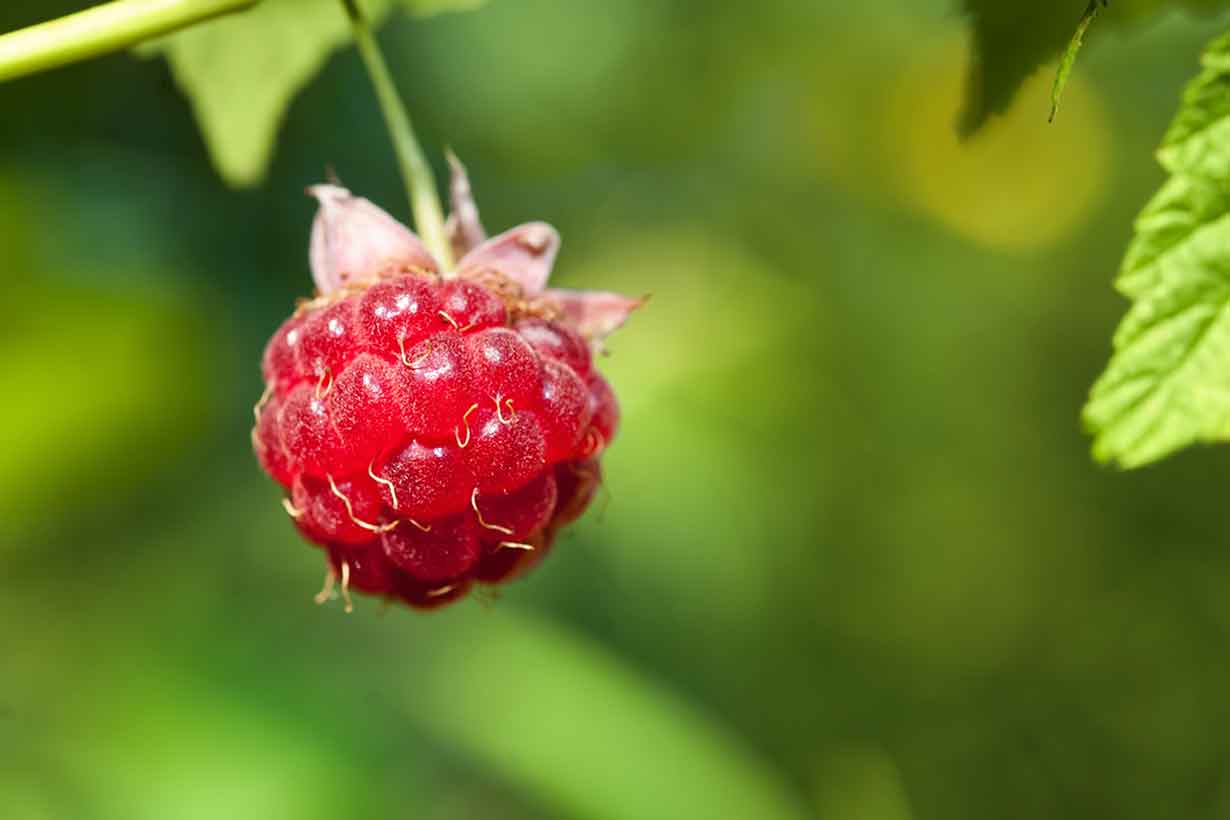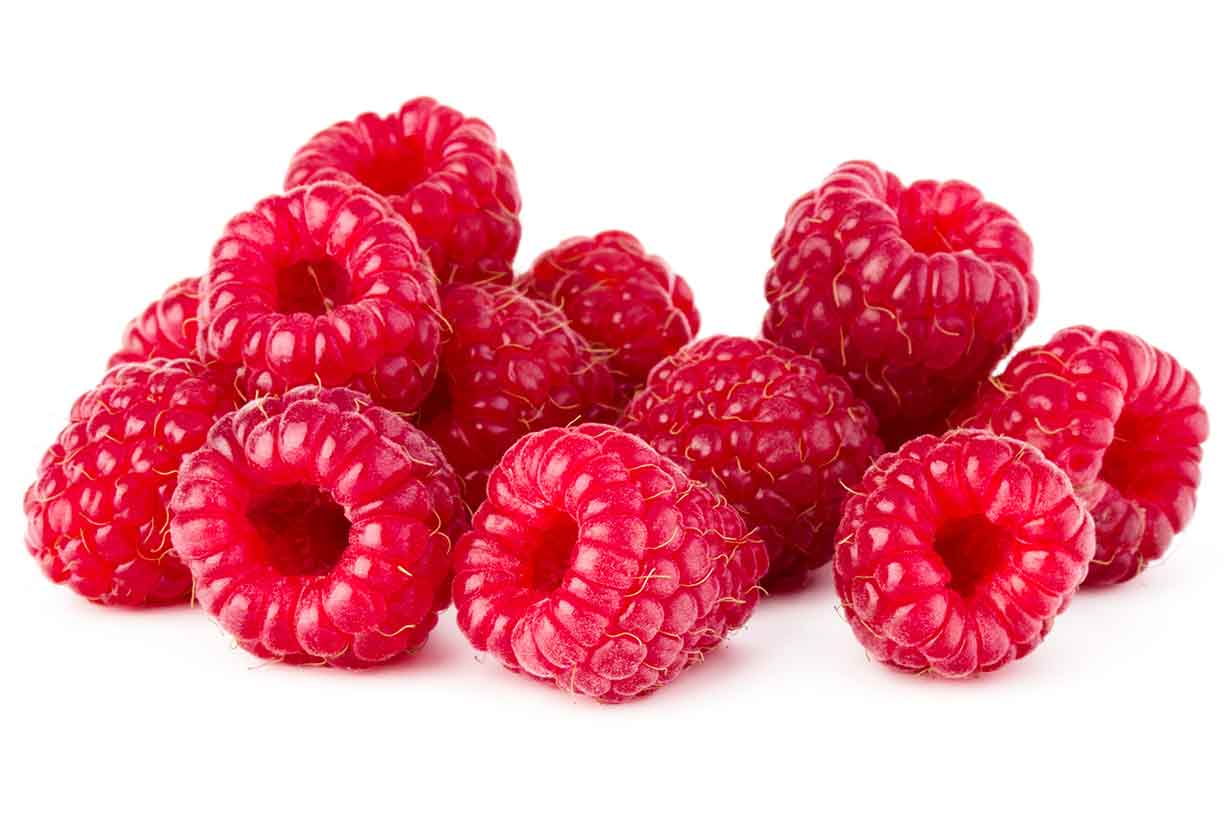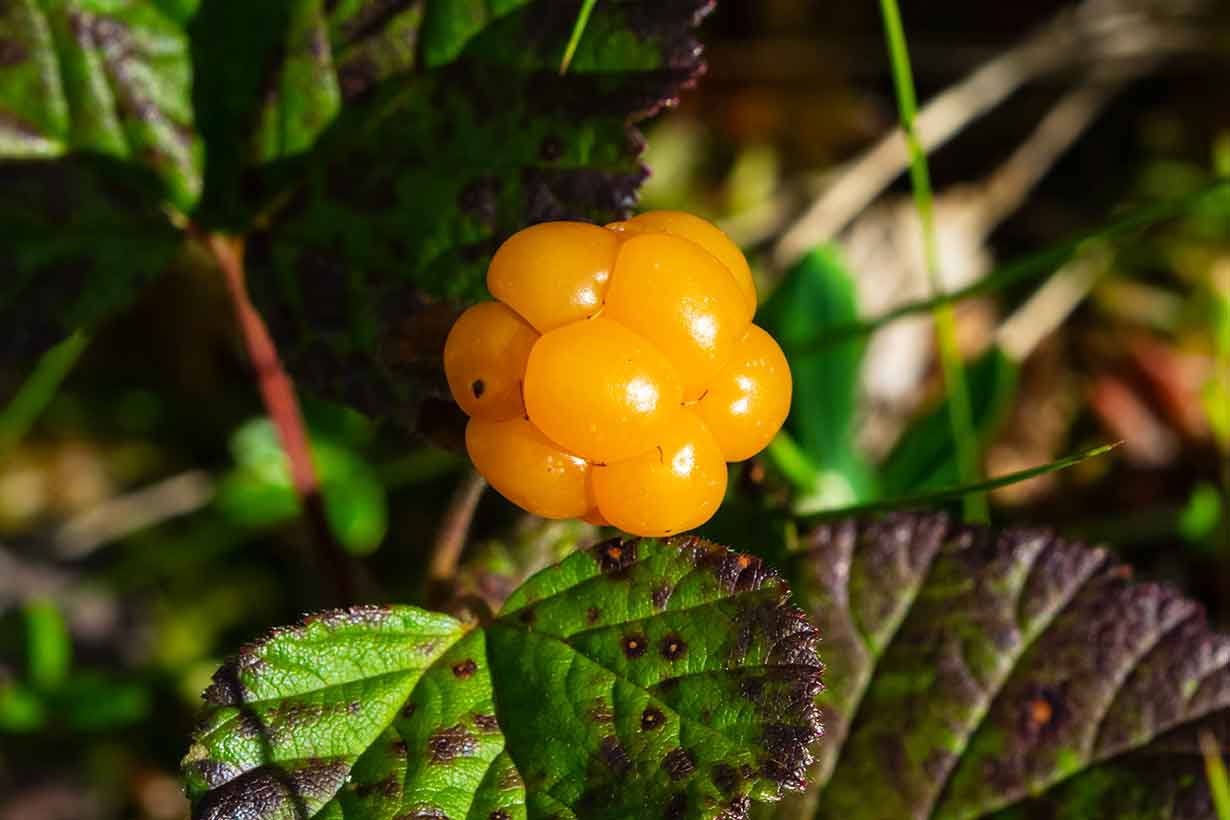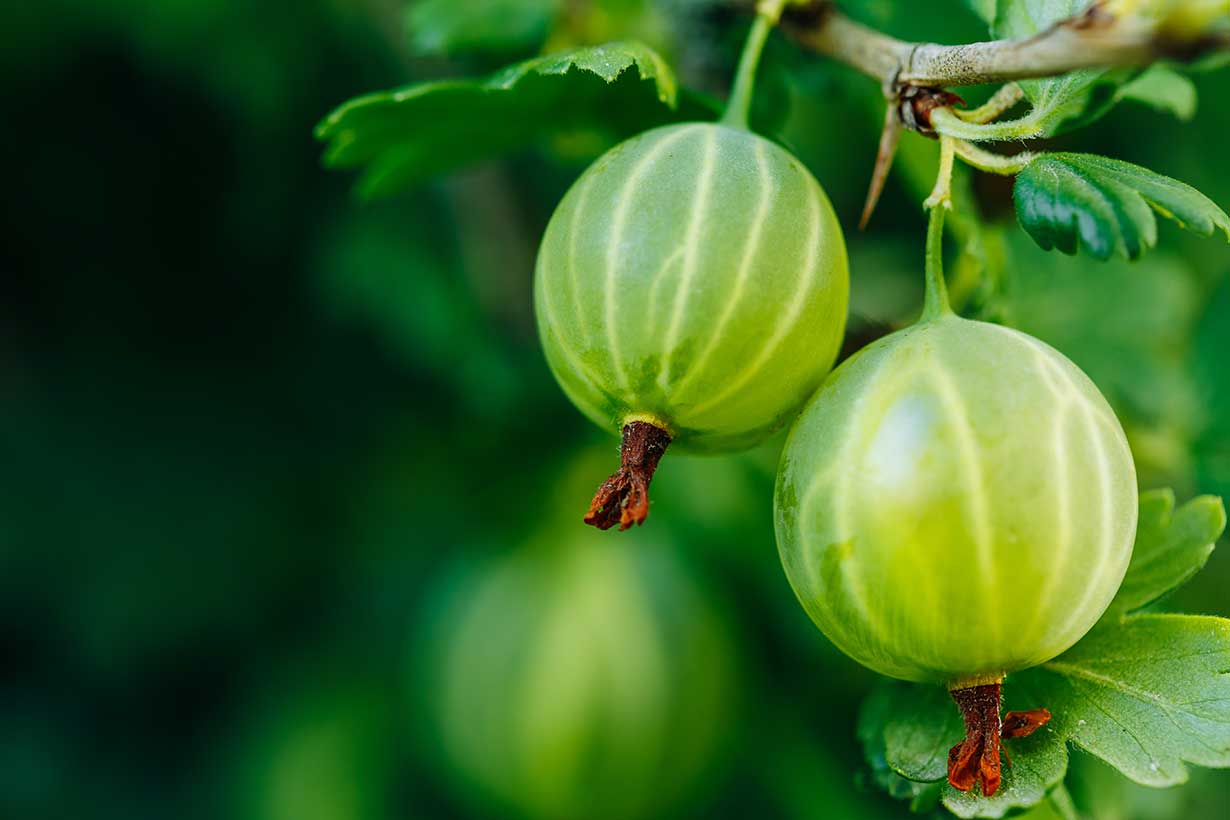Wild blueberries grow around the world, and they taste delicious.
These berries are significantly smaller than their cultivated relatives, and they are much more flavorful too.
They are also thought to be one of the healthiest berries.
This article provides a guide to wild blueberries, their nutrition profile, the potential benefits they offer, and how they compare to cultivated berries.
Nutrition Facts
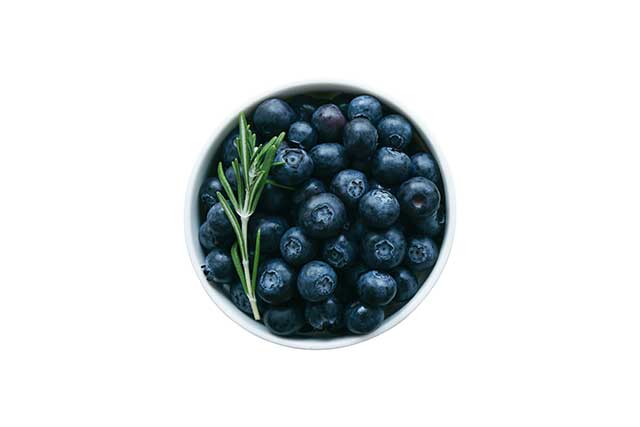
Firstly, the regular nutrient profile of wild blueberries is not dissimilar from cultivated berries.
However, there is a difference in the bioactive compounds (and the quantity of these compounds) that wild berries contain (1).
Before we look at this, here are the full nutritional values for blueberries per 100 grams (2);
Calories and Macros
| Calories/Nutrient | Amount (kcal/grams) |
|---|---|
| Calories | 57 kcal |
| Carbohydrate | 14.5 g |
| – Fiber | 2.4 g |
| – Sugars | 10 g |
| Fat | 0.3 g |
| – Saturated Fat | 0.0 g |
| – Monounsaturated Fat | 0.0 g |
| – Polyunsaturated Fat | 0.1 g |
| – Omega-3 | 58 mg |
| – Omega-6 | 88 mg |
| Protein | 0.7 g |
Vitamins
| Vitamin | Amount (% RDI) |
|---|---|
| Vitamin K | 24 % |
| Vitamin C | 16 % |
| Vitamin B6 | 3 % |
| Vitamin E | 3 % |
| Vitamin B1 | 2 % |
| Vitamin B2 | 2 % |
| Vitamin B3 | 2 % |
| Vitamin A | 1 % |
| Vitamin B5 | 1 % |
| Folate | 1 % |
Minerals
| Mineral | Amount (% RDI) |
|---|---|
| Manganese | 17 % |
| Copper | 3 % |
| Iron | 2 % |
| Potassium | 2 % |
| Calcium | 1 % |
| Magnesium | 1 % |
| Phosphorus | 1 % |
| Zinc | 1 % |
| Selenium | Trace amounts |
| Sodium | Trace amounts |
Are Wild Blueberries Better Than Cultivated Blueberries?
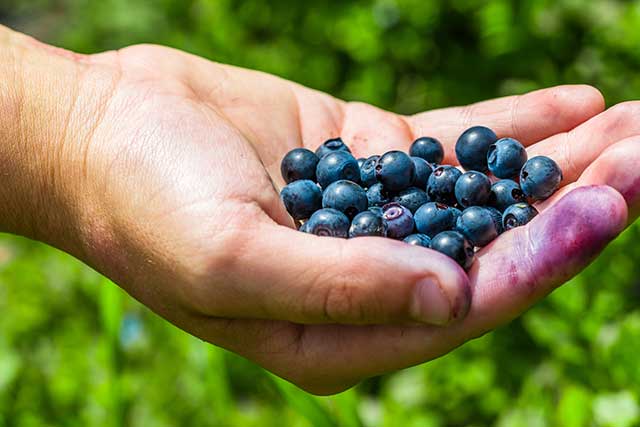
There are several differences between wild blueberries and the larger-sized, cultivated blueberries.
Firstly, unlike cultivated berries, the wild variety has a natural growth cycle and does not require planting.
Otherwise known as wild lowbush blueberries, these berries grow and spread via seeds and by stems growing underground called rhizomes (3).
The table below shows some more of the main differences between wild and farmed berries;
| Wild Blueberry | Cultivated Blueberry | |
| Size | Small, pea-sized. | Large, about 1.5-2x the size of wild berries. |
| Taste | More flavorful, sweetness varies. | Sweeter, juicier, fairly consistent taste, blander flavor. |
| Nutrients | Higher quantities of certain minerals such as calcium, magnesium, manganese, zinc, and more (4). | Cultivated blueberries appear to contain more iron. |
| Polyphenols | Wild blueberries have a much higher concentration of polyphenols (5, 6). | One of the highest food sources of polyphenols, but they contain less than wild berries. |
| Price | Free – if you can find them in the local countryside. Otherwise, expect to pay a slightly higher rate than for cultivated berries, which will fluctuate by season. | Cheaper than wild blueberries, but the price for fresh berries will depend on the season. |
There is not a lot of research available on the nutrient differences between cultivated and wild blueberries.
However, one study found that wild blueberries generally have a higher content of minerals (4).
Additionally, depending on your taste preference, wild blueberries may be the better choice.
If a sweet taste is the most important thing, then cultivated blueberries are sweeter, and they tend to be juicier too. However, wild blueberries have a far deeper flavor and a stronger blueberry flavor.
Benefits of Wild Blueberries
Wild blueberries have several potential benefits.
Here is a summary.
1) Wild Blueberries Are Extremely High In Polyphenols
All blueberries contain a significant number of polyphenols, but wild blueberries are notable for offering the highest concentration of these compounds (5, 6, 7).
The main polyphenolic compounds in blueberries include anthocyanins and proanthocyanidins.
Systematic reviews of existing animal and human studies demonstrate that these polyphenols may help to improve cardiovascular health (8, 9).
However, more human research into these compounds is necessary.
Other berries, such as cloudberries and black currants, are also excellent sources of polyphenols.
2) Blueberry Consumption May Reduce DNA Damage
DNA contains all the information our body needs to grow, develop, and stay healthy.
As a result, DNA damage can cause a wide range of problems and has links with everything from Alzheimer’s disease to melanoma skin cancer (10, 11).
Interesting, some studies show that blueberry consumption may help to prevent DNA damage;
- A randomized, placebo-controlled clinical trial demonstrated that daily consumption of blueberries for eight weeks significantly lowered a blood biomarker of oxidative DNA damage (12).
- In a randomized trial, one single 300-gram portion of blueberries significantly reduced (-18%) a marker of DNA damage compared to the control group (13).
3) Low In Calories
Many fruits can be high in calories and fruit sugars, but blueberries are relatively low in both.
For example, here is how they compare to some other popular fruits (2, 14, 15, 16, 17);
| Fruit | Calories | Sugar |
| 100 g blueberries | 57 kcal | 10 g |
| 1 medium banana | 105 kcal | 14.4 g |
| 1 large apple | 116 kcal | 23.3 g |
| 1 mango | 135 kcal | 30.6 g |
| 100 g raspberries | 52 kcal | 4.4 g |
Alongside other berries such as raspberries, blueberries are relatively low in calories and fruit sugars.
For anyone who is following a calorie or carbohydrate-restricted, this could be a benefit.
4) May Improve Cognitive Health In Older Adults
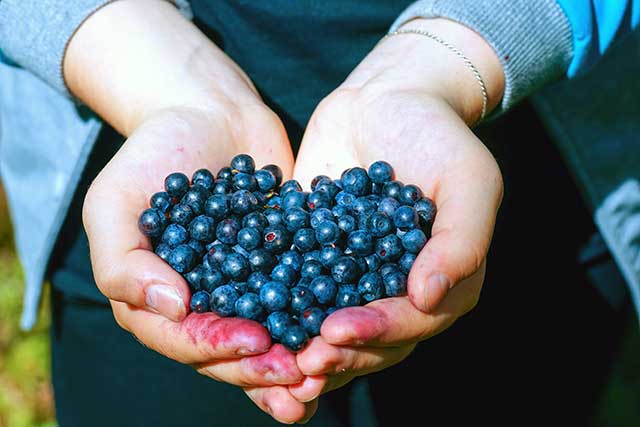
Some recent research demonstrates that blueberry intake could have value for improving cognitive health in older people.
In a randomized and controlled trial funded by the National Institutes of Health, older adults supplementing with blueberries had a statistically significant improvement in memory discrimination (18).
Also, a further clinical trial on memory in older adults gave wild blueberries as juice to participants showing early signs of dementia. After 12 weeks, there were improvements in cognitive tests, some of which were statistically significant (19).
Another randomized controlled trial supplied older adults with the equivalent to one cup (148 g) of fresh blueberries per day for 90 days. The participants showed positive improvements during cognitive tests after 45 and 90 days (20).
5) Good Source of Vitamin C and K1
Blueberries provide a good amount of vitamin C and vitamin K1, offering 16% and 24% of the RDI respectively for these two nutrients (2).
Vitamin C has antioxidant functions and may help to protect the body against oxidative stress (21).
Also, vitamin K1 is an important vitamin for bone strength and maintaining a healthy skeletal system (22).
6) May Lower Levels of Oxidized LDL
Cardiovascular researchers widely recognize high levels of oxidized LDL as a major risk factor for cardiovascular disease.
On this topic, a recent systematic review and meta-analysis verified that higher circulating levels of oxidized LDL are associated with cardiovascular events related to cardiovascular disease (23).
On the positive side, randomized trials demonstrate that blueberries may lower oxidized LDL levels. In an eight week randomized controlled trial featuring 48 participants, “dietary achievable” amounts of blueberries (350 grams fresh) led to a “significant decrease” in LDL oxidation (24).
Additionally, another randomized controlled trial found that 75 grams of blueberries lower oxidative stress following a “typical high-carbohydrate, low-fat breakfast”. While this study is interesting, it may be better to skip the sugary cereal rather than trying to make it healthier with blueberries (25).
Lastly, the researchers behind a meta-analysis of 16 controlled studies found that the anthocyanin content of blueberries is likely responsible for suppressing LDL oxidation (26).
Since wild blueberries contain more of these compounds, this may be a further benefit to choosing them.
7) May Lower Blood Pressure (In High Doses)
Studies show that blueberry intake may help to lower blood pressure levels.
For example, in a randomized controlled trial of 48 participants with metabolic syndrome, “dietary achievable” doses of blueberries reduced blood pressure (27).
This study lasted for eight weeks and involved daily doses of 50 grams of freeze-dried blueberries, which is equivalent to about 500 grams fresh – quite a high amount.
However, after the eight weeks, the blueberry group had a significant decrease in systolic (-7.8%) and diastolic (-2.5%) blood pressure.
A further randomized controlled clinical trial in postmenopausal women with hypertension showed similar results.
This study used equivalent to approximately 250 grams of fresh berries, and daily consumption for eight weeks increased nitric oxide production and reduced blood pressure (28).
8) Fiber
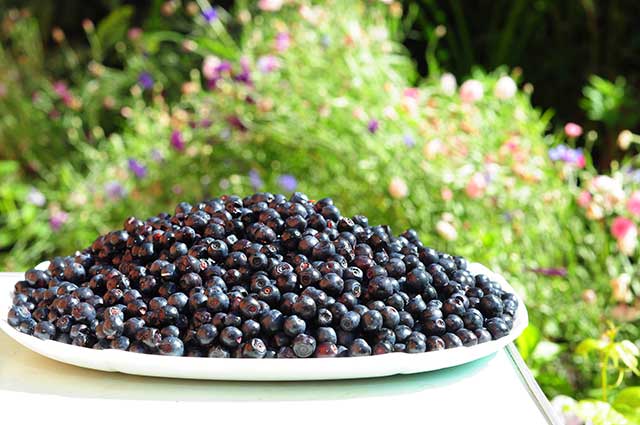
Blueberries offer about 2.5 grams of fiber per 100 grams (2).
Early studies on the gut microbiota suggest that fiber may help to improve the health of our digestive system (29, 30).
Also, a recent animal study found that including lowbush wild blueberries in the diet of rats resulted in a significant increase in healthy gut bacteria (31).
9) High In Manganese
All blueberries are high in the mineral manganese.
According to the USDA Food Composition Database, they provide 17% of the reference daily intake for this mineral (2).
Manganese is also one of the minerals that wild blueberries appear to contain in more significant quantities (1).
This mineral is essential for maintaining healthy bones and has an important role in numerous metabolic processes (32).
Where To Buy Wild Blueberries?
Wild blueberries are available in most large food stores, and international stores such as Whole Foods sell them.
That said, for anyone living near the country, a day of wild berry-picking is an excellent (and free) alternative.
Just be sure you know how to identify the right berries correctly.
Final Thoughts
As shown in this article, wild blueberries may have several positive impacts on our health.
While these health benefits are usually seen at high doses, normal-size servings of the fruit can contribute to a healthy diet too.
All blueberries are great, but wild blueberries seem to offer the most benefits due to their higher concentration of minerals and polyphenols.
For some different fruit ideas, see this review of 50+ different fruits.


